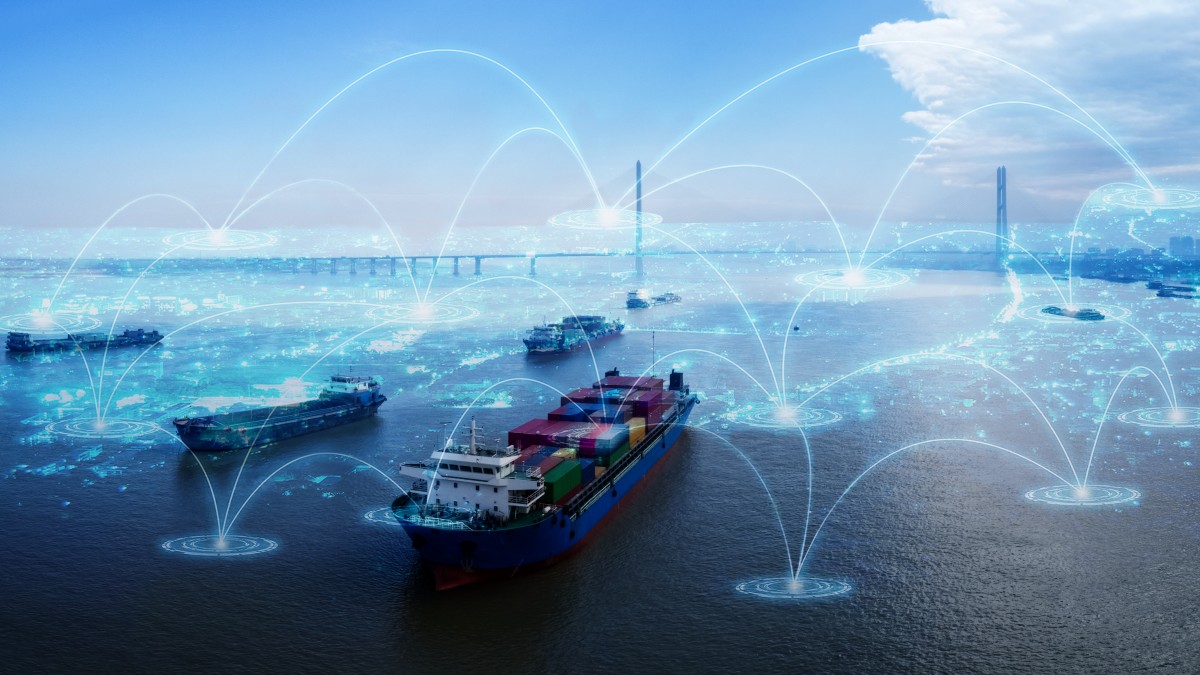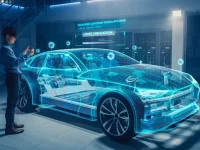The Role of Technology in Modern Ship Design

In an era where technological advancements are reshaping every aspect of our lives, the maritime industry is no exception. From cruise liners and cargo vessels to naval ships and offshore platforms, modern ship design is undergoing a transformation propelled by cutting-edge technology. In this article, we’ll explore the pivotal role that technology plays in shaping the design, construction, and operation of vessels in today’s maritime landscape.
- Introduction to Modern Ship Design
Modern ship design encompasses a diverse range of vessels tailored to meet specific needs and challenges. Whether it’s enhancing fuel efficiency, optimizing cargo capacity, or improving safety standards, ship designers are constantly seeking innovative solutions to push the boundaries of maritime engineering. Technology serves as a driving force behind these advancements, enabling designers to integrate state-of-the-art features and functionalities into their creations.
- Advanced Modeling and Simulation
One of the key pillars of modern ship design is the use of advanced modeling and simulation techniques. Computational fluid dynamics (CFD), finite element analysis (FEA), and virtual reality (VR) simulations allow designers to evaluate different design concepts, assess performance parameters, and identify potential issues before construction begins. This iterative design process not only accelerates development timelines but also minimizes the risk of costly errors and rework.
- Sustainable Solutions and Green Technologies
In response to growing environmental concerns, sustainability has become a focal point in modern ship design. From reducing emissions and minimizing fuel consumption to incorporating renewable energy sources, designers are leveraging green technologies to create more eco-friendly vessels. Innovations such as hybrid propulsion systems, LNG-powered engines, and solar panels are revolutionizing the way ships are powered and operated, paving the way for a greener future for maritime transportation.
- Automation and Digitalization
Automation and digitalization are driving significant changes in the maritime industry, particularly in terms of ship design and operation. Advanced automation systems streamline onboard processes, improve efficiency, and enhance safety standards. From autonomous navigation and remote monitoring to predictive maintenance and condition-based monitoring, digital technologies are reshaping the way ships are managed and maintained, ushering in a new era of smart shipping.
- Enhancing Safety and Security
Safety and security are paramount concerns in modern ship design, and technology plays a crucial role in addressing these challenges. From advanced collision avoidance systems and integrated surveillance networks to cybersecurity measures and anti-piracy technologies, ship designers are incorporating a wide array of features to safeguard crew, passengers, and cargo against potential threats and hazards.
- Future Trends and Outlook
Looking ahead, the future of modern ship design promises to be shaped by even more advanced technologies. Concepts such as unmanned vessels, 3D printing, and artificial intelligence are poised to revolutionize the maritime industry, offering new possibilities for efficiency, sustainability, and safety. As designers continue to push the boundaries of innovation, the role of technology in modern ship design will only continue to grow in significance.
Conclusion
The technology plays a central role in modern ship design, driving innovation, efficiency, and sustainability across the maritime industry. From advanced modeling and simulation techniques to green technologies, automation, and digitalization, technology enables designers to push the boundaries of what’s possible and create vessels that are safer, more efficient, and more environmentally friendly than ever before. As we continue to embrace the opportunities presented by technology, the future of modern ship design holds tremendous promise for a more connected, sustainable, and resilient maritime ecosystem.







